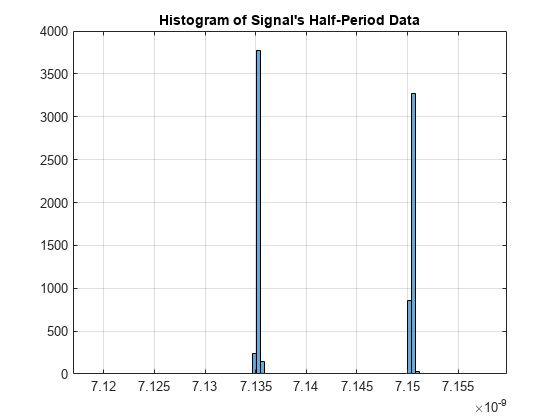phaseNoiseMeasure
Measure and plot phase noise profile of time or frequency-domain signal
Syntax
Description
PNMeasure = phaseNoiseMeasure(Xin,Yin,RBW,FrOffset,PlotOption,tag,Name,Value)PlotOption
argument as 'on'. If you specify the Name-Value pair argument, enclose
each argument name in quotes. Unspecified arguments take default values.
PNMeasure = phaseNoiseMeasure(___,PNTarget,Name,Value)PlotOption argument to 'on' to plot and compare
the measured phase noise profile to the target profile.
[
additionally returns the phase noise waveform data represented by the frequency offset
vector and the corresponding phase noise vector.PNMeasure,GenFrOffset,GenPN] = phaseNoiseMeasure(___)
Examples
Input Arguments
Name-Value Arguments
Output Arguments
Version History
Introduced in R2020a


